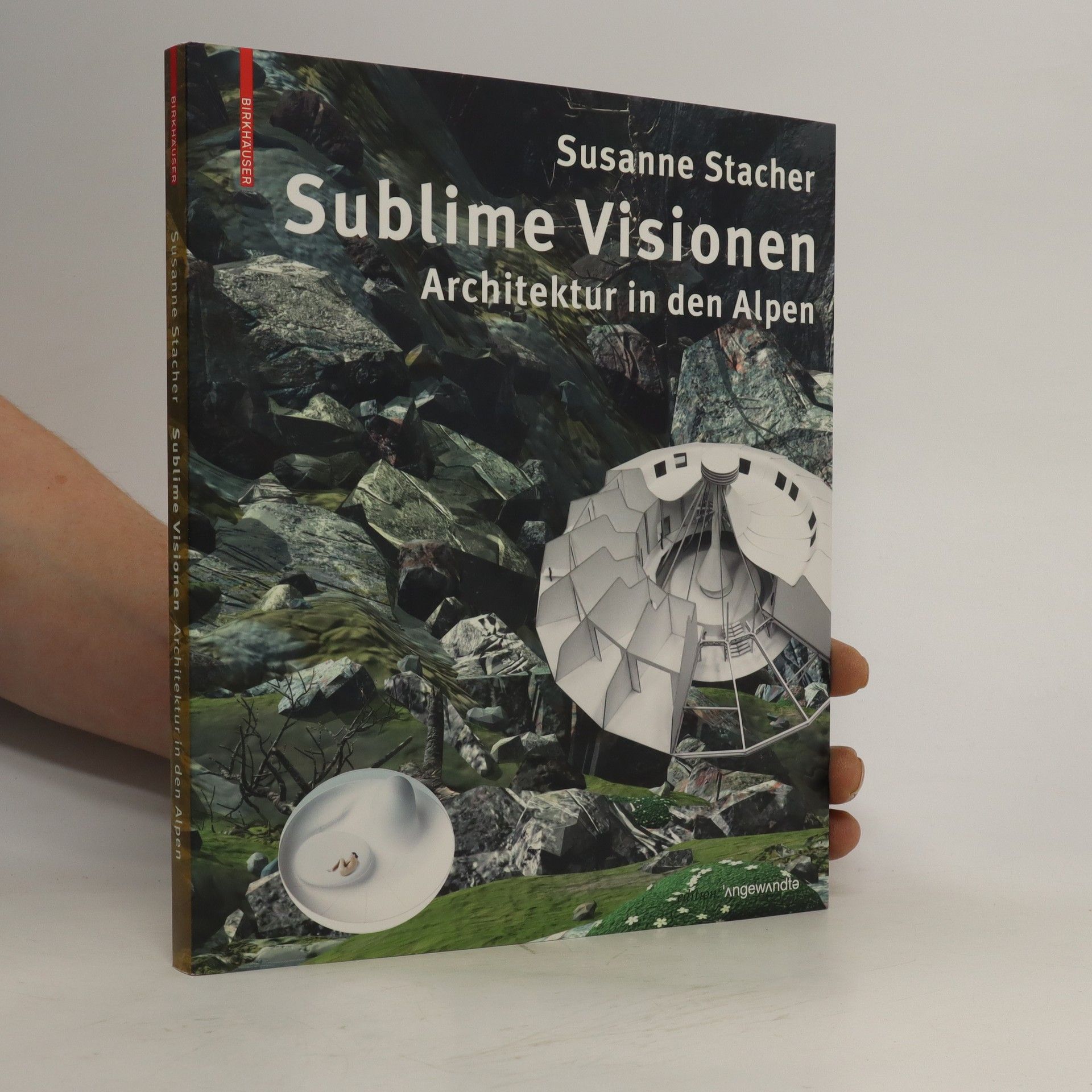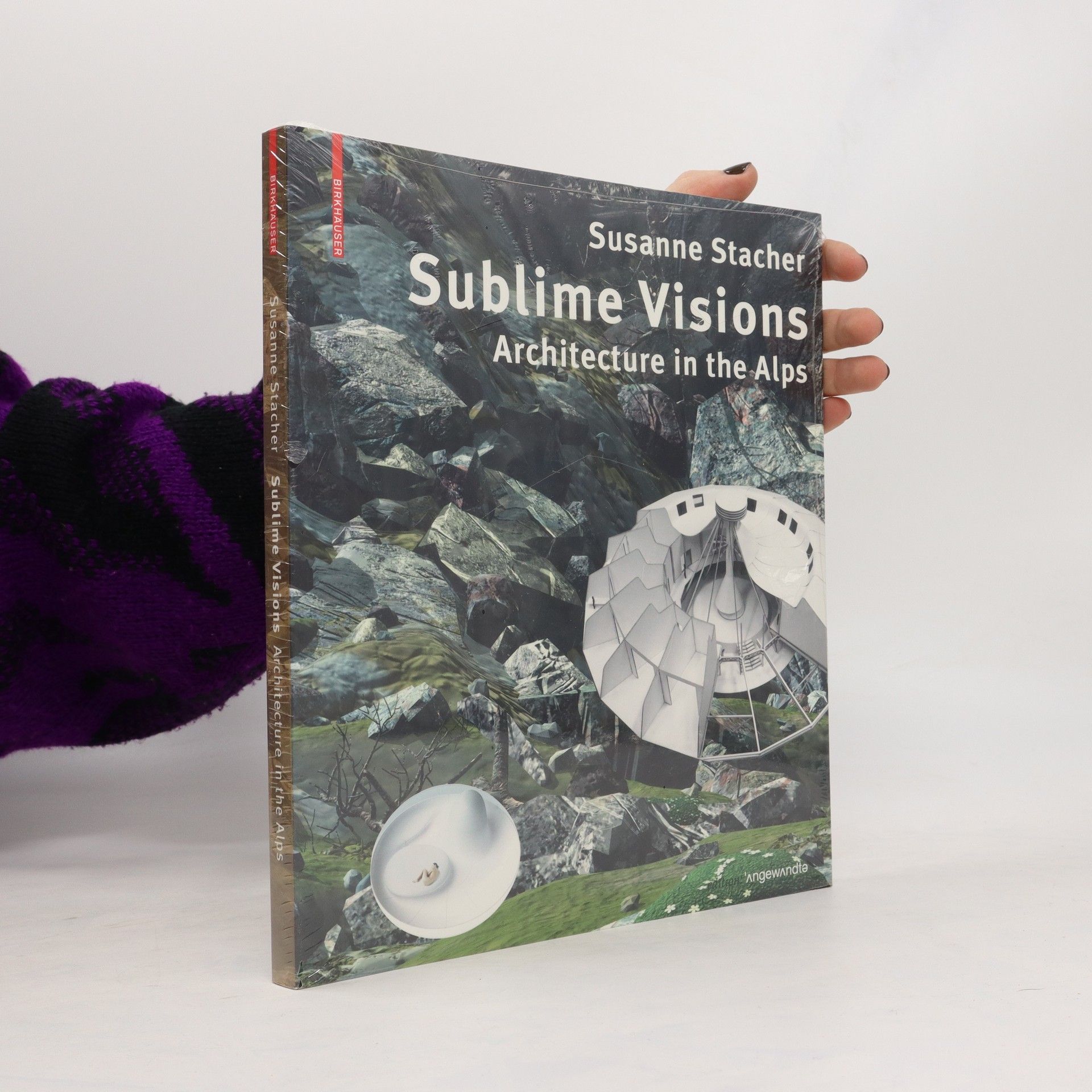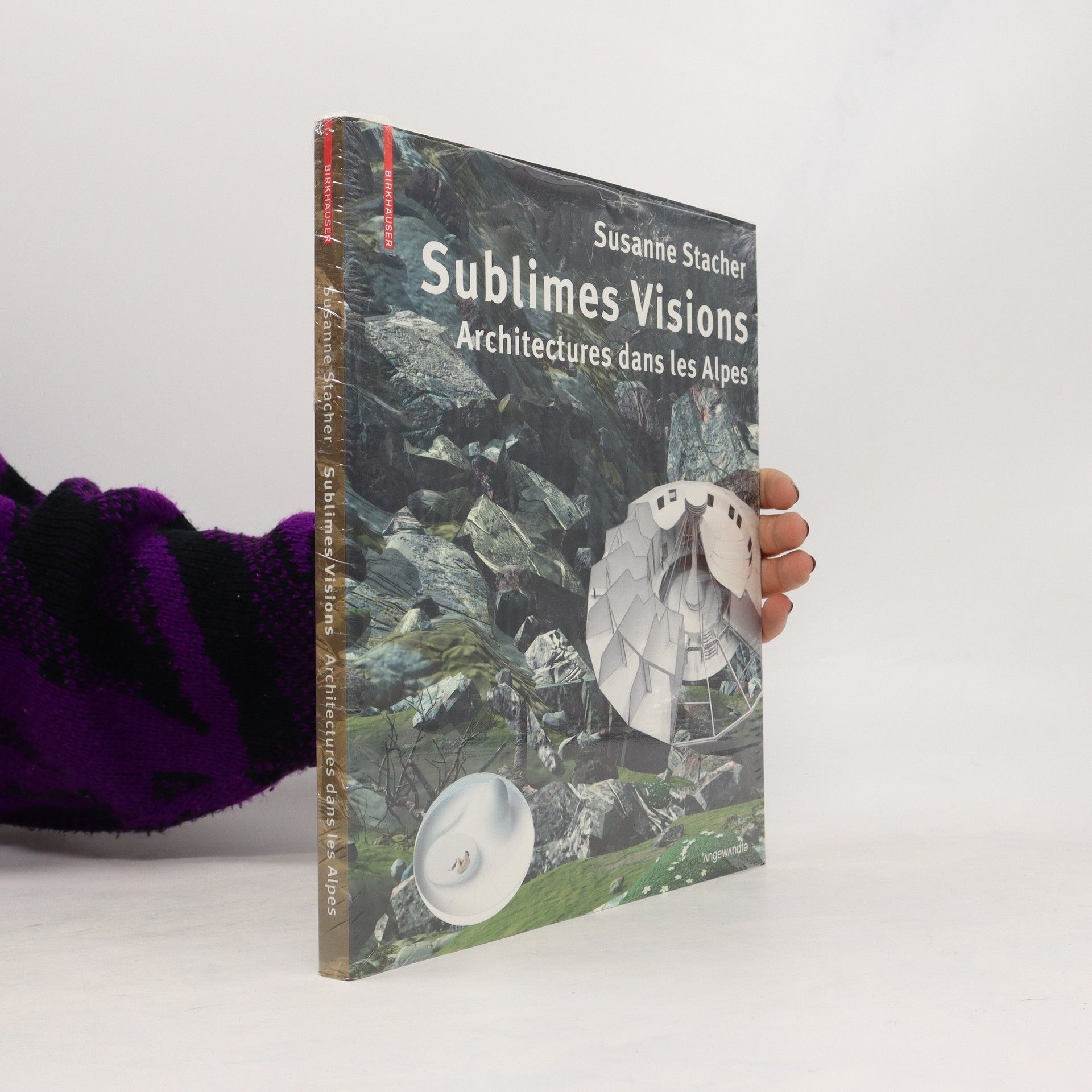In times of crisis, architects strive to create better worlds by rethinking society, cities, and living forms, renewing architecture and its materiality, and developing new aesthetics. Crises serve as "tipping points," offering fresh perspectives. Susanne Stacher examines various architectural strategies through historical and contemporary project examples. Drawing on ideas from science and philosophy, including those of Pierre-Henri Castel and Hartmut Rosa, she questions concepts of progress, growth, nature, and society as reflected in these projects. The book spans a broad historical arc and encourages reflection on the role of architecture and urbanism during ecological crises. It presents a historical and philosophical analysis of architecture in times of crisis, exploring themes from archaism to the pursuit of deceleration, creation through destruction, and the reenchantment of the world. Featured projects and concepts include those by Hans Hollein, Ebenezer Howard, Bjarke Ingels, Le Corbusier, Adolf Loos, Paul Otlet, Bernard Rudofsky, and others. Stacher, an architect and professor of architectural and urban design theory and practice at ÉNSA Versailles, provides a compelling plea for deeper consideration of architecture's impact in challenging times.
Susanne Stacher Livres





Au XVIII e siècle, les Alpes ont donné lieu à une nouvelle forme de contemplation de la nature qui s’est cristallisée autour de la notion de sublime. Oscillant entre effroi et fascination, cet état émotionnel suscite une expérience limite avidement recherchée : pleins d’attentes et de désirs, les voyageurs se sont aventurés dans les montagnes pour projeter des rêves très différents sur cette « nature sauvage », encore inexplorée. Comment le sublime a-t-il influencé l’architecture construite dans les Alpes, des débuts du tourisme jusqu’à nos jours ? Guidée par cette question centrale, l’auteur analyse l’architecture alpine dans son évolution historique et propose également une approche critique du tourisme actuel. Un livre qui nous invite à réfléchir sur l’avenir de la construction dans les Alpes, mais aussi sur notre rapport à la nature.
Sublime visions
- 224pages
- 8 heures de lecture
In the eighteenth century the Alps became the subject of a new view of nature, which crystallized in the sublime. Oscillating between fear and fascination, this sensual experience triggered a thrilling borderline experience: travelers ventured to the mountain world full of longing and projected a variety of different dreams onto the „wild nature“ that had yet to be explored. To what extent has the sublime influenced architecture in the Alps, from the early days of tourism to the present? Prompted by this question, the author analyzes Alpine architecture in its historical context and offers a critical assessment of contemporary tourism. This is a book that inspires us to reflect on the future of building in the Alps and on our relationship with nature.
Architektur in Zeiten der Krise
Aktuelle und historische Strategien für die Gestaltung „neuer Welten“
In Krisenzeiten: Quo vadis, Architektur? Angetrieben vom Wunsch, angesichts von Krisen bessere Welten zu erschaffen, versuchen Architekt: innen, Gesellschaft, Städte und Wohnformen neu zu denken, die Architektur und ihre Materialität zu erneuern – und prägen damit eine neue Ästhetik. Denn Krisen eröffnen als „Kippmomente“ neue Perspektiven: Anhand historischer wie zeitgenössischer Projekte untersucht Susanne Stacher unterschiedliche Strategien in der Architektur. Ansätze aus Wissenschaft und Philosophie (u. a. Pierre-Henri Castel, Hartmut Rosa) ermöglichen es, Vorstellungen von Fortschritt, Wachstum, Natur, Gesellschaft zu hinterfragen, die in den vorgestellten Architekturprojekten sichtbar werden. Das Buch spannt einen weiten historischen Bogen und ist ein Plädoyer, über die Rolle von Architektur und Städtebau in Zeiten ökologischer Krisen nachzudenken. Eine historische und philosophische Betrachtung von Architektur in Krisenzeiten Vom Archaismus über das Streben nach Entschleunigung, Erschaffung durch Zerstörung bis zur Wiederverzauberung der Welt Projekte/Konzepte von Hans Hollein, Ebenezer Howard, Bjarke Ingels, Le Corbusier, Adolf Loos, Paul Otlet, Bernard Rudofsky u. a.
Im 18. Jahrhundert wurden die Alpen zum Topos einer neuartigen Naturbetrachtung, die sich im Begriff des Sublimen und Erhabenen kristallisierte. Zwischen Schrecken und Faszination changierend, löste dieser Gefühlszustand eine erregende Grenzerfahrung aus: Reisende suchten sehnsuchtsvoll die Welt der Berge auf und projizierten ganz unterschiedliche Träume in die noch zu erschließende „wilde Natur" . Auf welche Weise hat das Erhabene die Architektur in den Alpen vom Beginn des Tourismus bis heute beeinflusst? Mit dieser Leitfrage analysiert die Autorin die alpine Architektur längs der Architekturgeschichte und liefert zudem eine kritische Betrachtung des heutigen Tourismus. Ein Buch, das inspiriert: zum Nachdenken über das zukünftige Bauen in den Alpen und über unsere Beziehung zur Natur.